All the bicycles must be registered. To become a cyclist you must, first of all, pass an exam and get a driving licence.
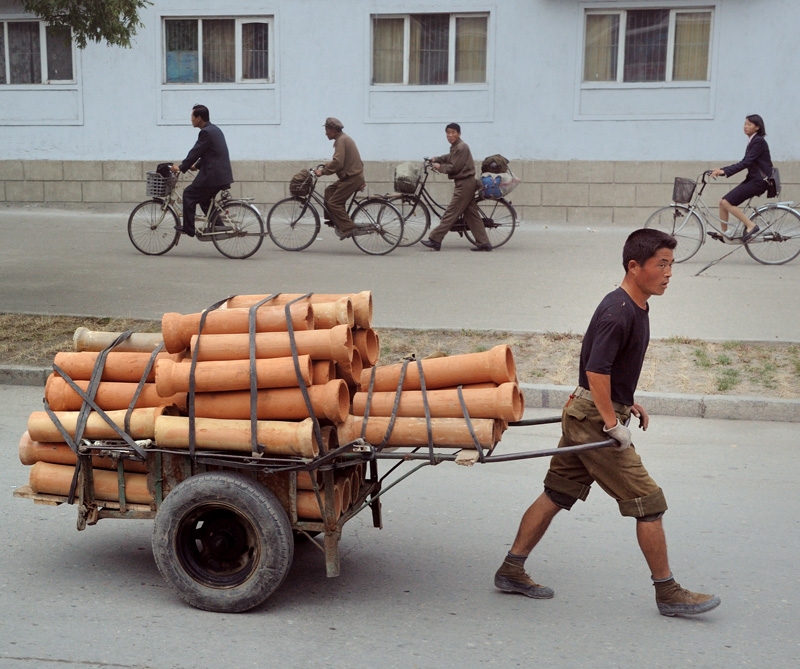
Water supply is a luxury. A common picture outside Pyongyang -people going to the watering place.

In winter this process won't look so idyllic.

And here are pictures from some other settlements.
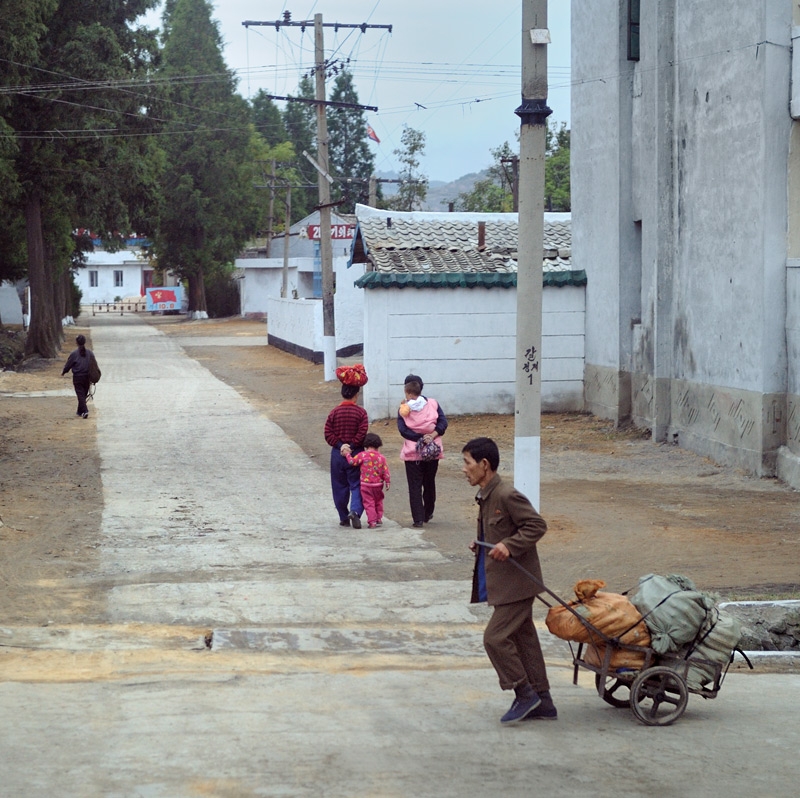
What draws your attention first of all is the absence of any advertisements, election posters, playbills and other usual elements of the street decoration.

Many people with brooms, very little garbage. Besides the fact that workers are obliged to clean the territory attached to them before going to work, there is also a considerable amount of street cleaners on the roads.
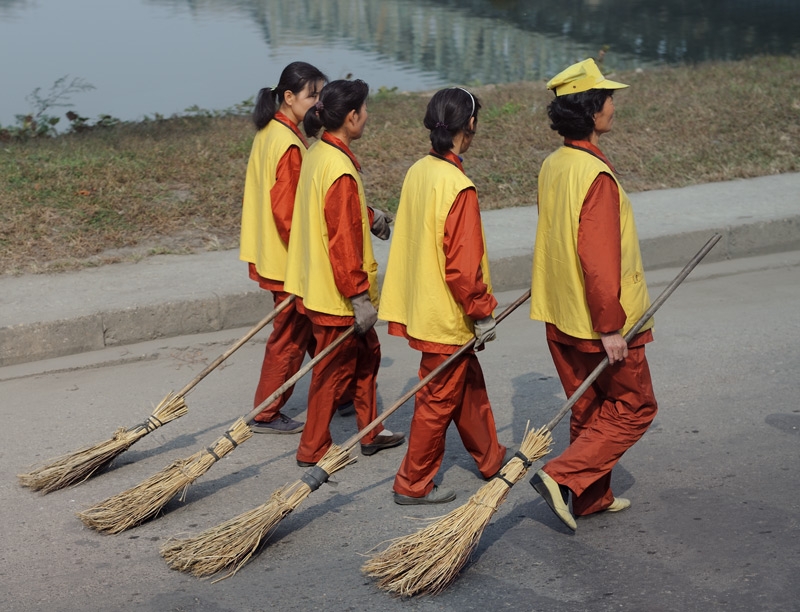
Collected grass isn't burnt, though it's rather doubtful anybody keeps a cow or rabbits in a city flat.
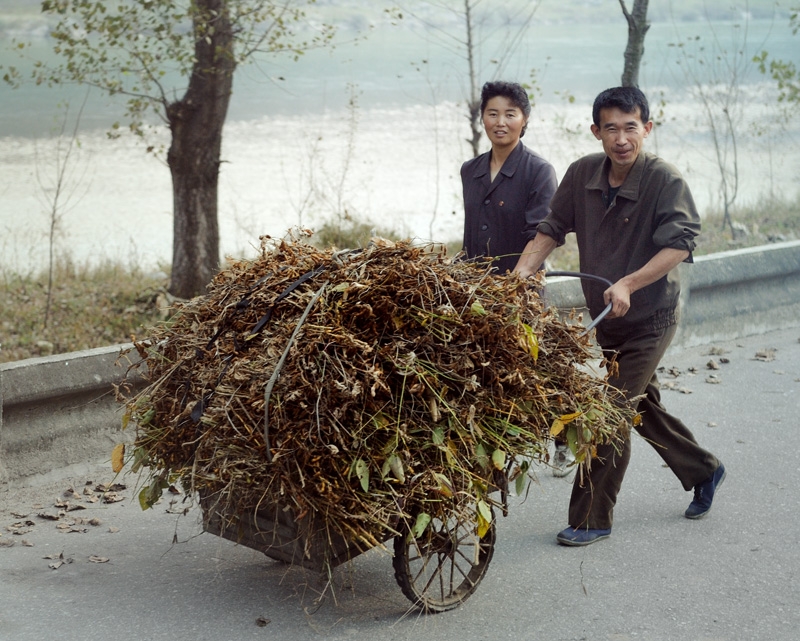
A favorite leader in a pioneer camp.
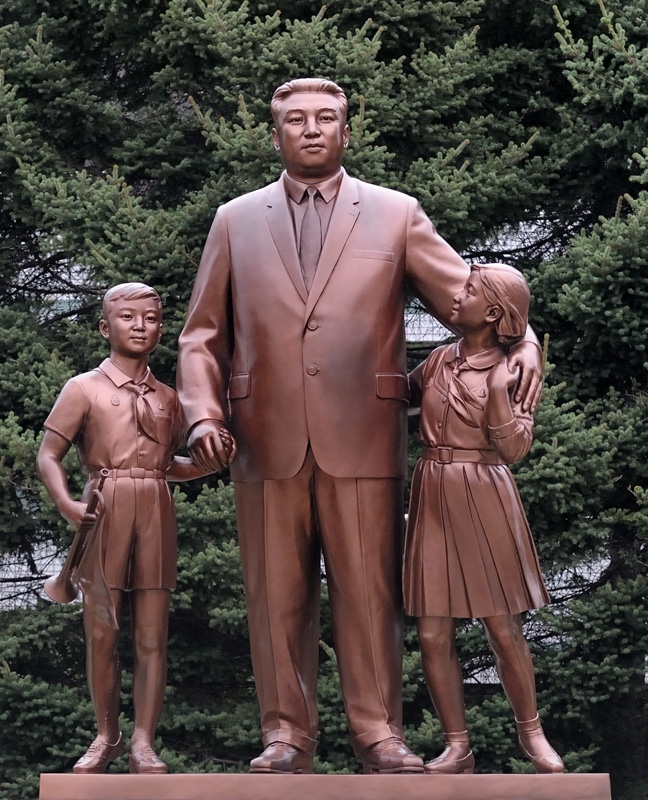
An assembly hall in a pioneer camp. It's interesting that all the public buildings are filled with symbolism and numerology. The number of stairs and stone blocks, aspect ration and height of ceilings will surely be divisible by some epochal dates. And a camomile on the ceiling means that your children are those people you should always rely on.

And no camp exists without park architecture.
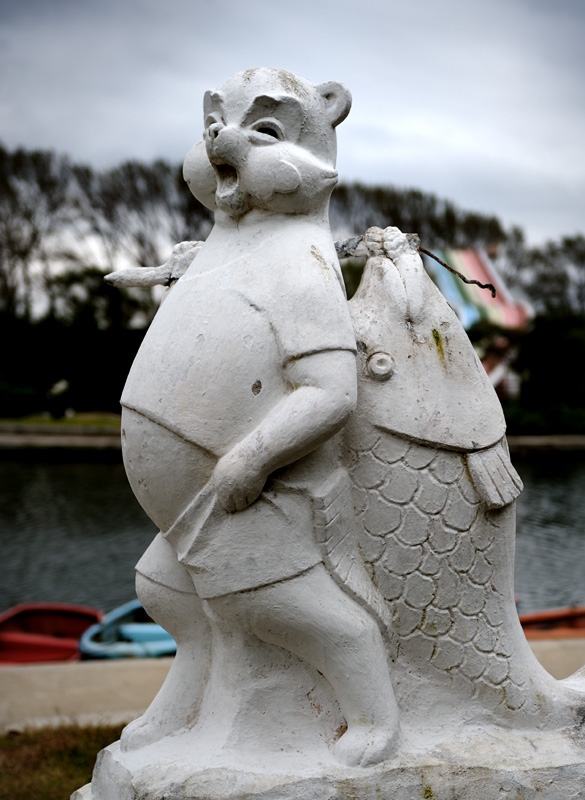
Fishermen in Wonsan.

Artificial flies are used as a bait.
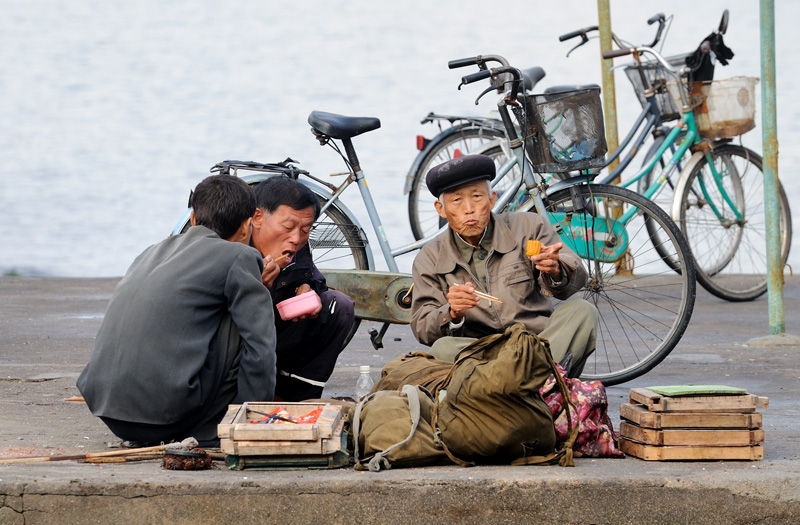
This fish is called Japanese halfbeak (Hyporhamphus sajori).
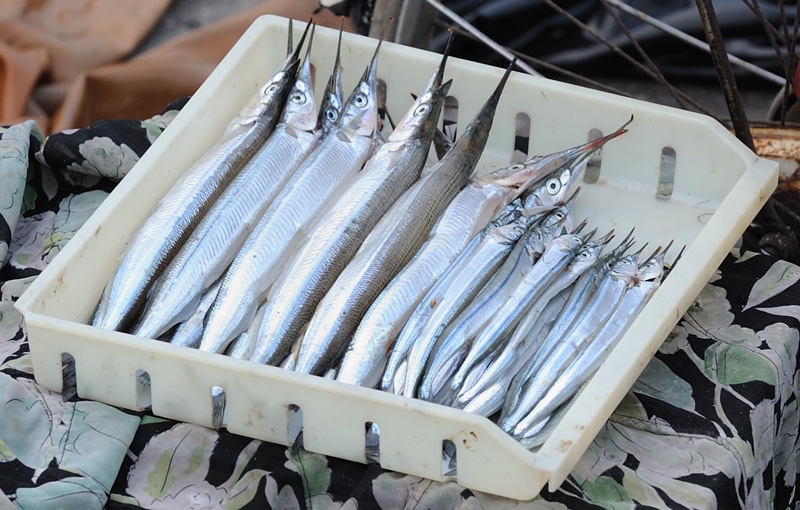
View of Wonsan at night.
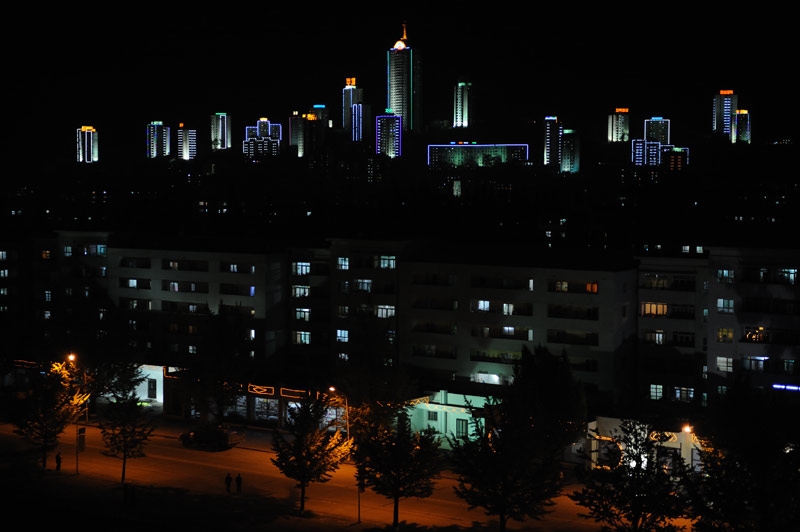
A roadside landscape.
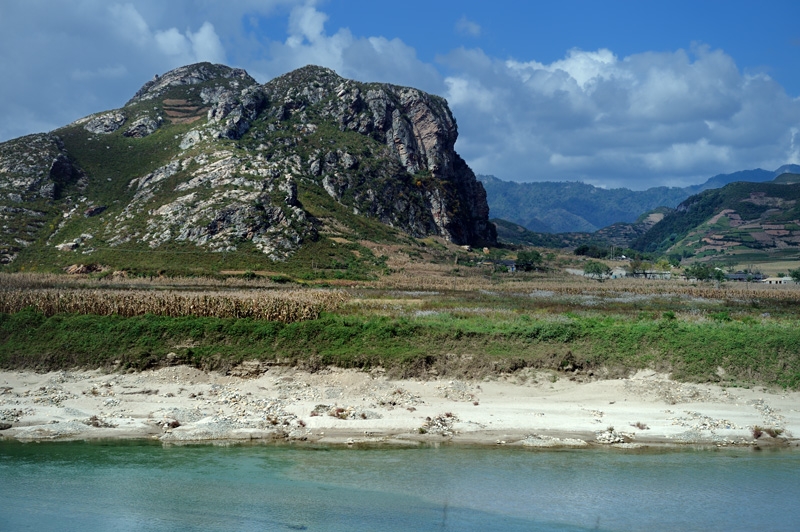
On one of this hills innumerable flights of storks spend the night. At dawn they gather and fly away so that to come back by the next night.
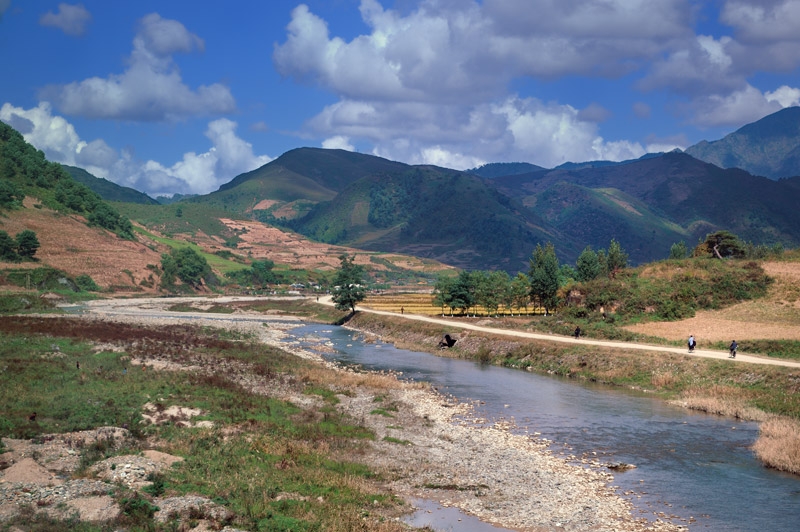
The cemetery of revolutionaries. If a revolutionary's wife had been noticed at any revolutionary activity, she was honored to be buried with her husband.

Busts are installed in such a way so that all of them could look at the city.
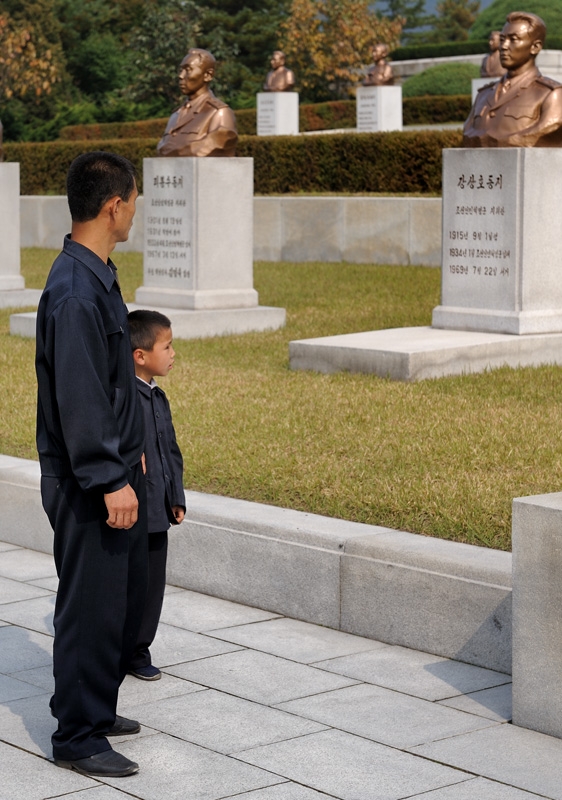
The streets of Pyongyang. Almost all buildings are blocks of flats. Office blocks are quite rare. The first floors are usually shops.

Pyongyang at night can barely be seen. Total absence of streaming ads and dim lights in the windows play a decisive role. Still, all windows are hidden behind curtains.
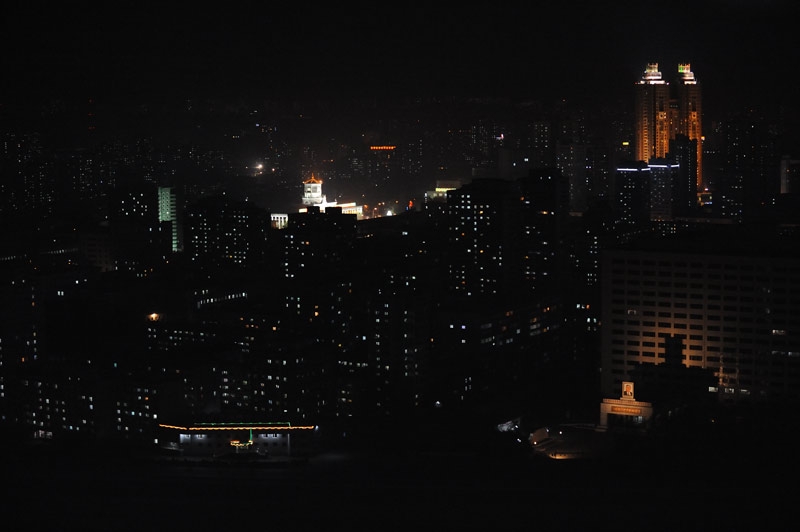
Foreigners are not allowed to enter local shops.
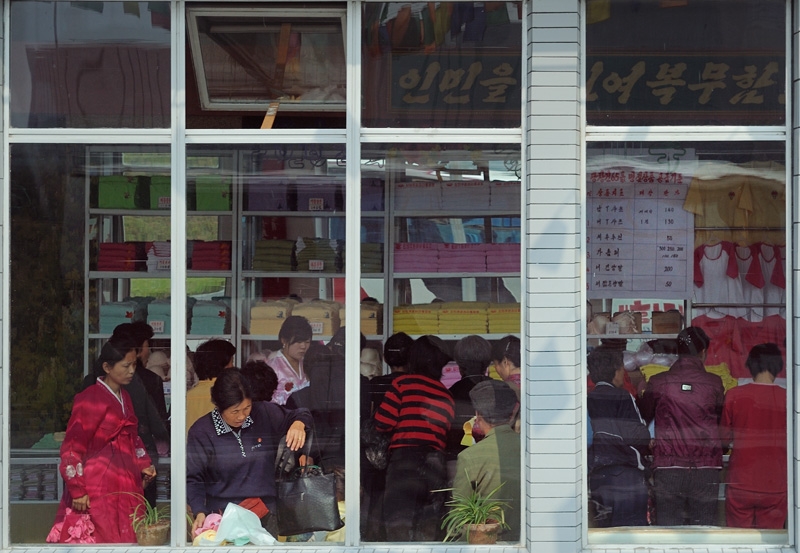
Despite the working traffic lights, pretty Korean girls still stand on the crossroads and do their job.
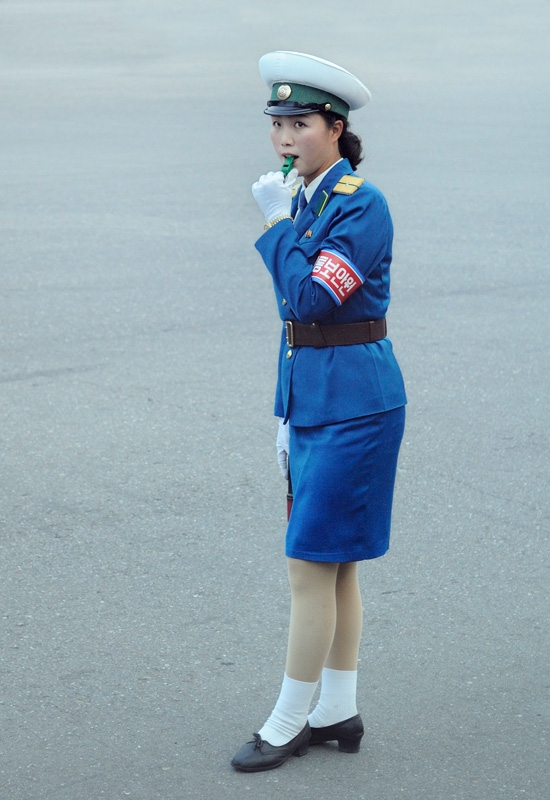
One can see some very beautiful buses of the 50s on the streets of Pyongyang.
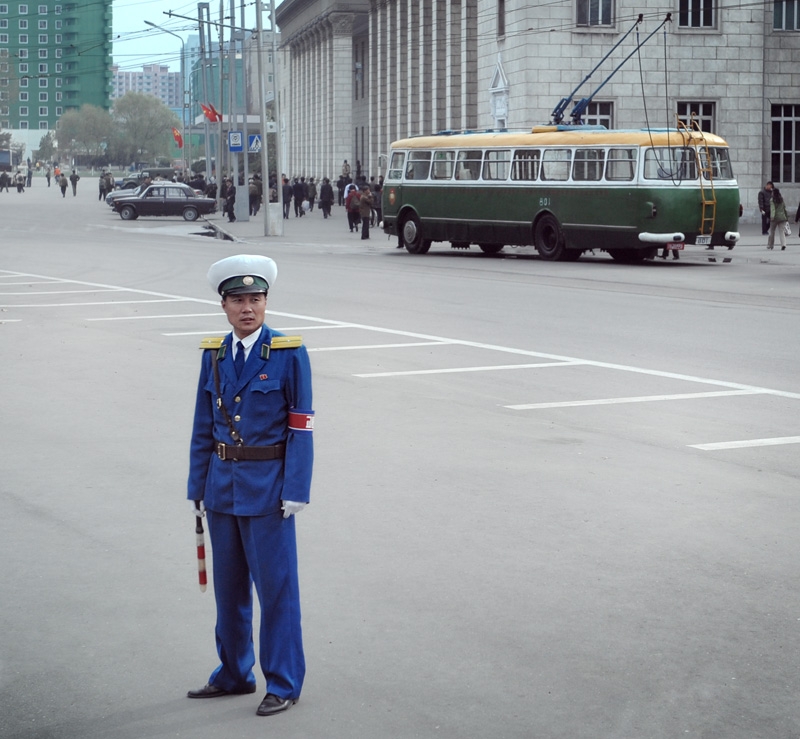
The statue of the leader.
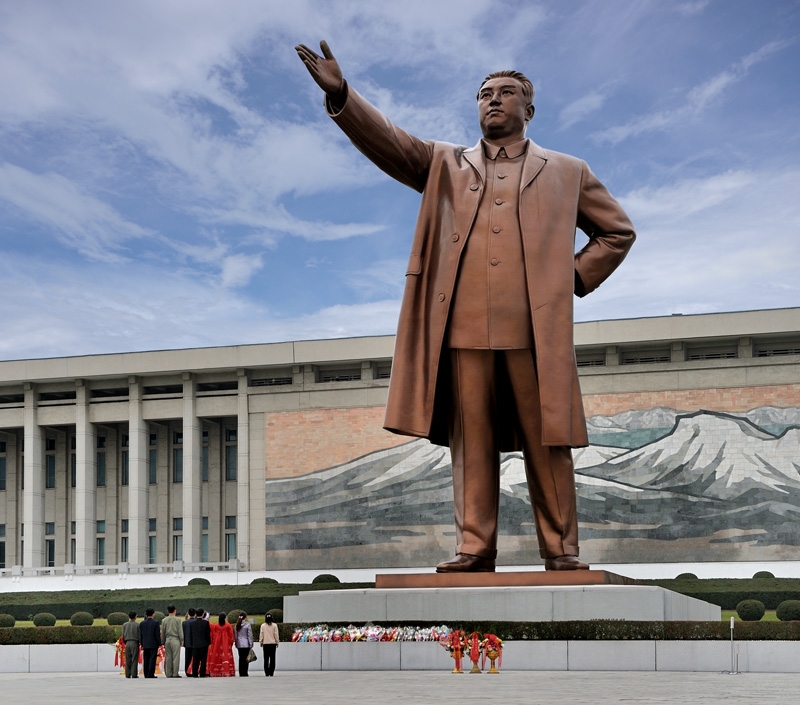
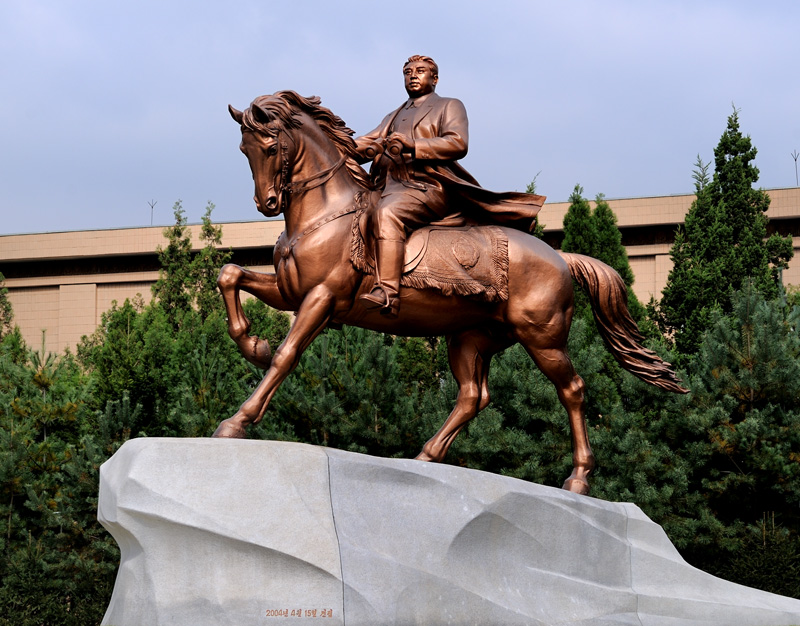
In a workroom of an artist.
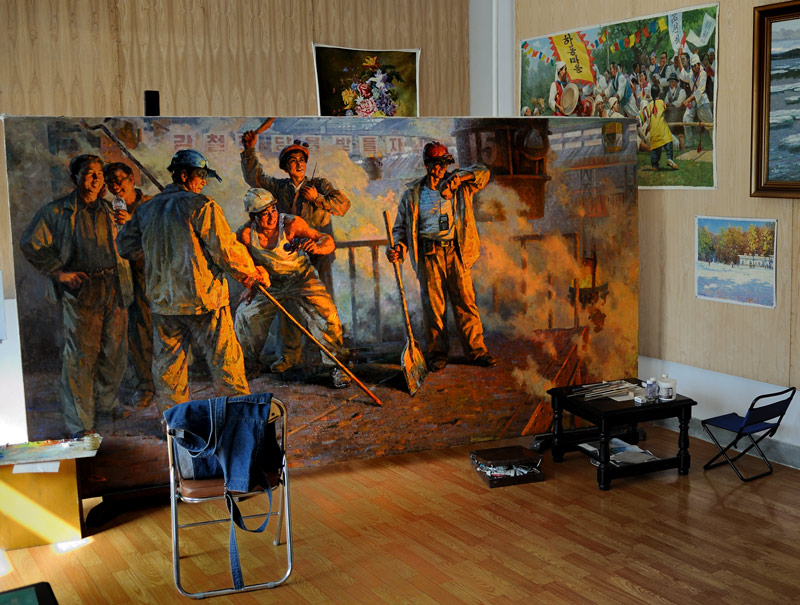
A mosaic in the Pyongyang Subway.

Doors are closed and opened by hand.

An exhibition of flowers dedicated to the 65th anniversary of the Korean Labor Party.

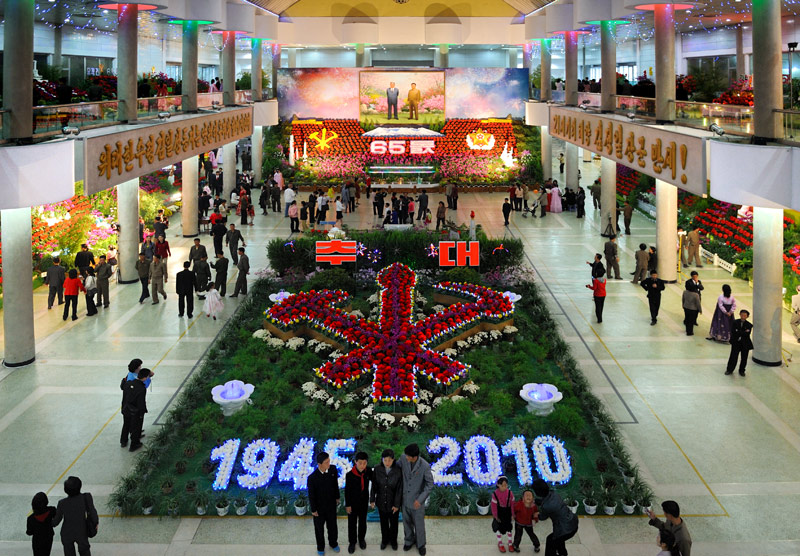
All these people were lucky enough to be photographed with a famous actor (a man in the very middle in glasses).
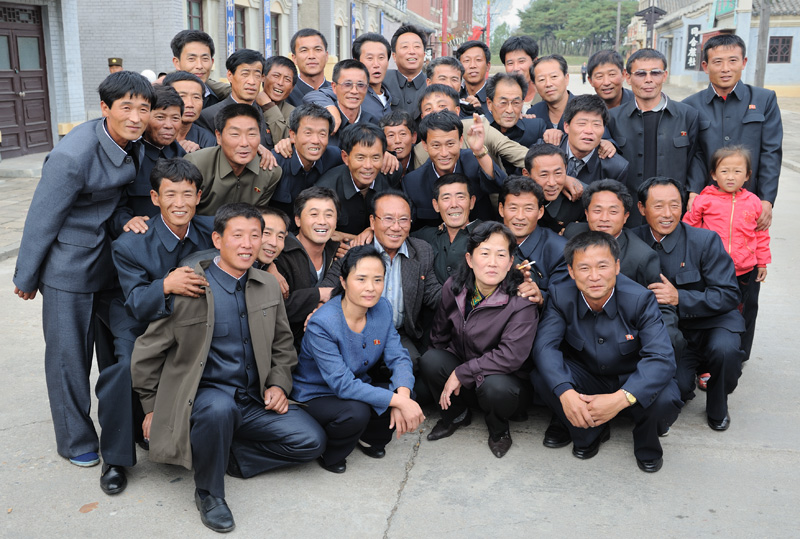
A palace of studies, in fact is just a swanky library in a palace building.

The beloved leader.
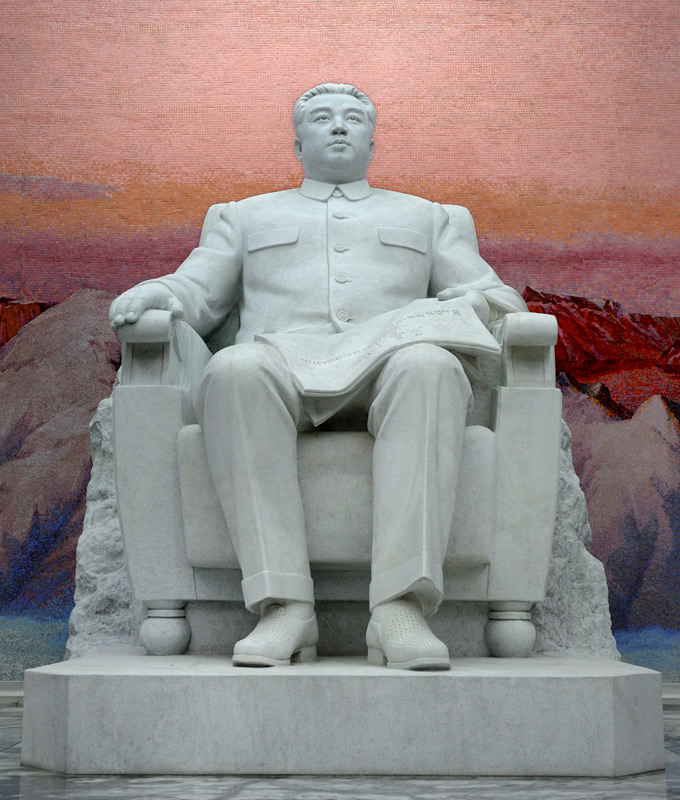
To find a book, you should use an electronic catalogue.
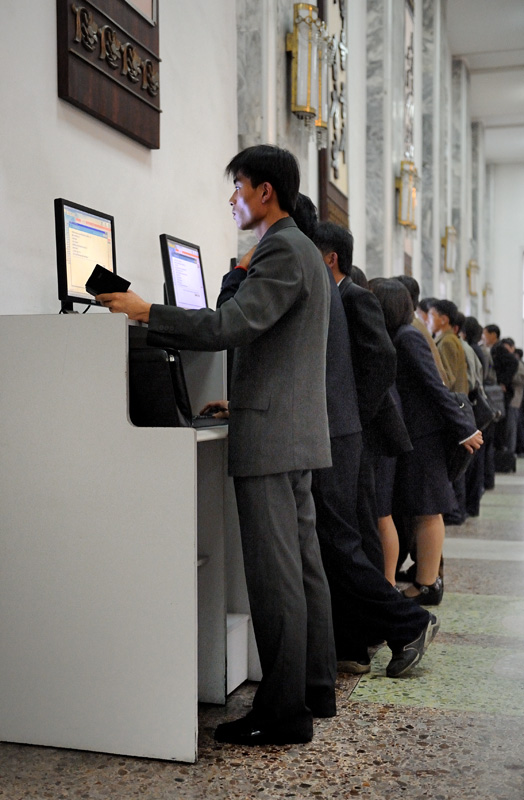
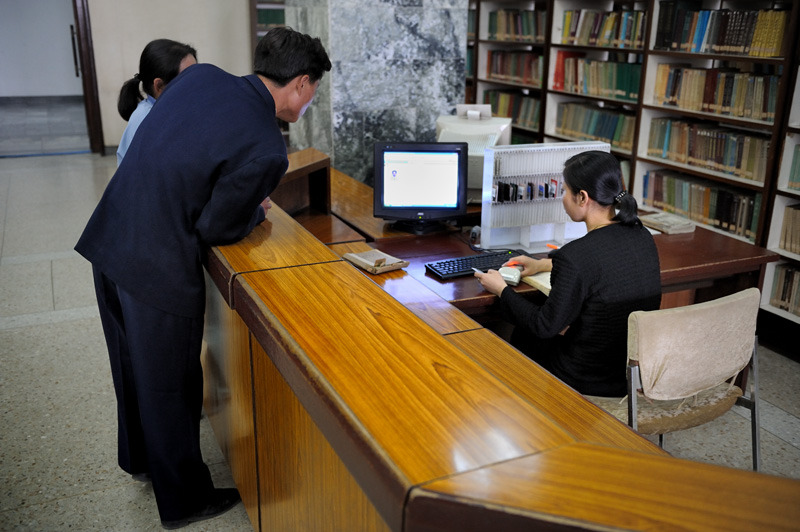
A reading room.
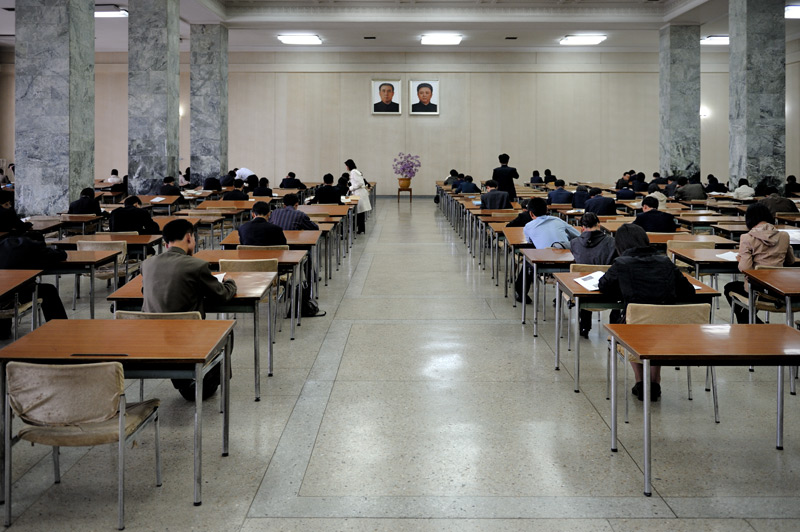
via fishmonger

0 comments:
Post a Comment